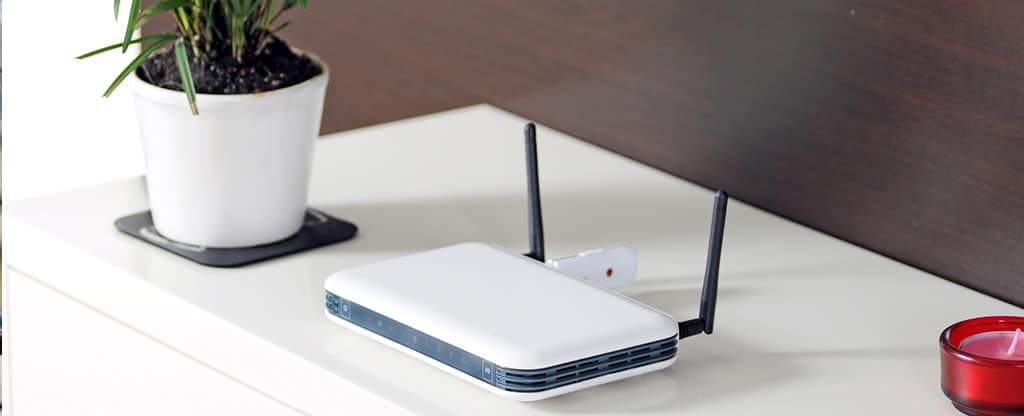The average household has more devices connected to their network than ever before. Phones, computers, tablets, game consoles, streaming video devices, digital assistants, cameras, locks, and thermostats are piling up at an alarming rate. With enough devices, users, and usage, your network will become overloaded. When that happens, it usually means slow connections or WiFi dead spots. Thankfully, improving your home network is more cost-effective and easier than ever.

1. Make sure you have a solid internet connection
Your first step is to make sure your current Internet connection is up to the task. You can use one of the many free speed test tools online to benchmark your current connection. Armed with the results from one or more of those tools, you can make some informed decisions. The FCC has some helpful guidelines for what speed connection you will want based on what you do online. For the best results, aim higher than you think you need right now, at least see if you can do 25Mbps or better. Your future self will thank you.

2. Upgrade your router

3. Upgrade your connections
New, faster methods of connecting via WiFi come with WiFi 5 and WiFi 6. If you upgrade your router, be sure to check your connected devices and make the adjustments needed to take full advantage to those changes. Switching to the 5GHz band when possible will help you avoid those noisy microwaves, cordless phones, wireless keyboards, and more. You may not even need to take manual action! Once your devices see the better option, they may automatically switch.

4. Secure your network and your privacy
Modern routers should arrive with reasonable security settings already enabled. All you’ll need to do, if you want, is change the name of the network and/or the password. When changing the name, be aware that the name will be visible to anyone nearby. We recommend that you avoid putting any personal information (such as a family name, e.g. “Smith Family WiFi”) in the name of the network. NIST, the National Institute of Standards and Technology, recently revised their password guidelines, and now suggests keeping passwords simple and memorable, but long. Phrases, lowercase letters and typical English words work well. Make sure to avoid anything common or guessable (like “password” or birthdays, phone numbers, etc).

5. Keep your router up-to-date
Keep your network and connected devices safe and running smoothly by making sure you’re up-to-date. Many routers are set to automatically check for updates. These updates often include performance improvements, but even more importantly, security updates. The security landscape is constantly changing, and you don’t want to be caught having not applied updates to known issues. Log into your router’s administration page to make sure updates are enabled, or to run them manually if needed.

6. Keep your devices up-to-date
Like your router, most connected devices will need updates regularly. Whether it’s your desktop computer, your phone, or your Amazon Alexa, it’s important to make sure all available updates are applied. These devices are more likely to update automatically, but checking on them periodically is a good policy anyway. Who knows what exciting new feature the next one will bring!
With the growing amount of wireless traffic in the average household, don’t limit yourself because of slow Internet connections. By using our six tips for optimizing your home network, you can be sure that you’ll have enough bandwidth and fast enough connections to keep up with your family’s Internet habits.

Need a little more help getting your home network up to speed? Or would you like to learn more about other smart home systems? Contact iWired today.
